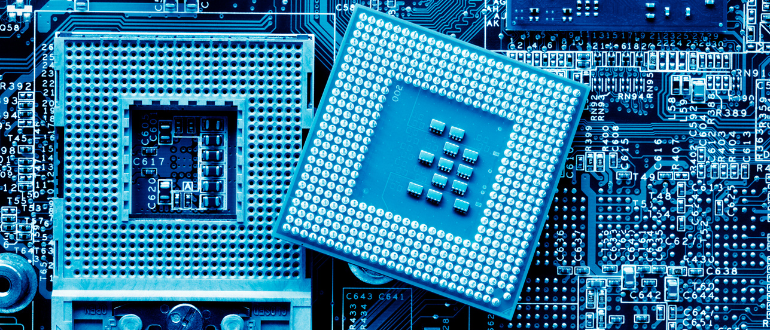
The world’s rush to build AI infrastructure is rewriting the memory chip market, and not just for the headline-grabbing high-bandwidth memory (HBM) that feeds NVIDIA-class accelerators. As suppliers pivot factories toward premium HBM, supply of conventional DRAM and NAND has tightened sharply, sending prices higher across PCs, phones, and servers, and boosting the fortunes of the top memory vendors like Micron, Samsung, and SK Hynix.
It’s been a rapid turnaround. In 2023, NAND and DRAM were so cheap that vendors sold below cost and inventories ballooned. They responded by slashing wafer starts. Then the AI build-out turned into its current surge. Hyperscalers and other AI platforms began locking in multiyear supply, while memory producers reallocated capacity to HBM because it delivers superior margins and is now fully booked at some vendors for years. The glut has become scarcity.
Scrambling Customers, Higher Prices
The ripple effects are now obvious. Distributors describe an increase of double-ordering (buyers duplicating orders with multiple suppliers) as customers scramble for server-grade DDR5 and legacy DDR4. Spot prices for DRAM have leapt, nearly tripling year over year at one point, while contract prices for both DRAM and NAND continue to firm.
Global consulting firm TrendForce estimates worldwide DRAM inventories fell to roughly 3–4 weeks by the end of the third quarter, matching 2018 lows. Forecasts for late 2025 call for another leg up: conventional DRAM prices are projected to rise high single to mid-teens percent quarter-over-quarter, with NAND contract prices advancing mid-single digits.
Downstream, the higher prices are significant. Raspberry Pi, which rode out the last cycle by stockpiling components, raised prices after noting its memory costs are roughly 120% higher than a year ago. Similar pressures are filtering through PC makers and white-box servers, where DDR4 lines are winding down faster than customer demand is ebbing. Even the favored alternative of the last decade, spinning hard drives, has narrowed: nearline HDDs are tight, pushing some hyperscalers toward QLC flash arrays and, inadvertently, tightening NAND further.
Happy Chip Vendors
For the memory vendors, of course, this is all great news. Samsung, SK Hynix, and Micron are all leaning into HBM, and the numbers show why. Micron has ramped up quickly: HBM revenue in its latest quarter approached $2 billion, an $8 billion run rate, while DRAM pricing strengthened as bit supply stayed constrained. Analysts now argue that if current trends hold, commodity DRAM could rival or even eclipse HBM profitability in 2026, a striking reversal given HBM’s premium status. Share prices have responded accordingly: a glance at today’s stock prices shows Micron has soared some 150% year to date.
The AI supercycle narrative provides a credible foundation for memory chips, but the memory market is full of variables. AI infrastructure spend for 2025 is in the hundreds of billions, but chip supply tends to expand to meet demand, and procurement surges can pause once shelves are restocked. Any kind of a stumble in AI growth could tip the balance fast.
The bottom line: memory prices will likely be elevated into 2026, with enterprise buyers (due to their deep pockets) continuing to get first dibs. Consumers will get fewer heavily-advertised SSD deals, smaller default memory footprints, and product repricings. In the memory sector, high prices have traditionally resulted in lowered demand over time. AI may extend that cycle, but it likely won’t prevent an eventual fall in prices altogether.

